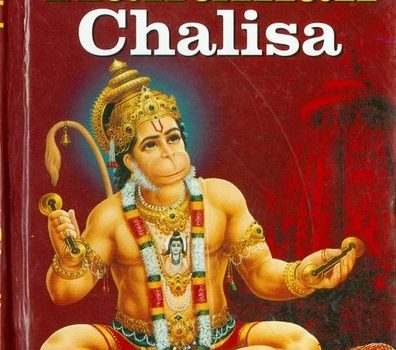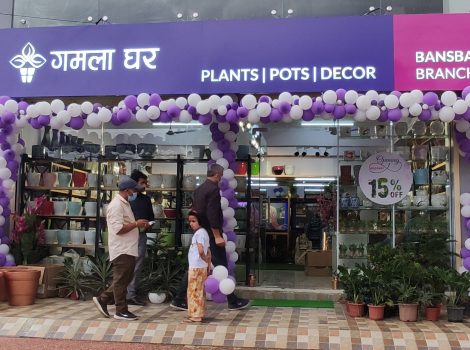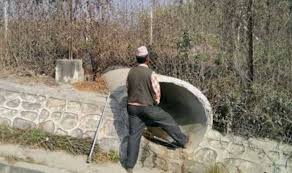
Vajra
If you have ever noticed Nepal is such a country at its two main religions go hand in hand. Although, Hinduism is considered older than Buddhism almost every Buddhist temple has some inspiration derived from Hinduism. According to Hinduism, Vajra is a powerful weapon belonging to God Indra. Lord Indra is known as Sakra in Vedas and is the Deva who holds the power of Rain and thunderstorms. Being the Deva of Rain and Thunderstorms, Lord Indra wields the Lightning Thunderbolt which is known as Vajra in Hindu scriptures. It is also said that this weapon was crafted by lord Vishwakarma, from a bone of a holy sage.

Vajra is an ancient and deeply powerful one that conveys images of strength, indestructibility, and force. The symbolism and spiritual background of the vajra make it an important element in a number of different religions and cultures.
Vajra in Buddhism
The Vajra or Dorje (in Tibetan) is the symbol of the Vajrayana (diamond vehicle path) of Buddhism.
The Sanskrit language defines Vajra as the “hard or mighty one” while in Tibetan, Dorje refers to the ” lord of Stones”, which is equivalent to the hardness and the radiance of the Diamond. Hence, it is a profound symbol of the impenetrable, immovable, and in-destructive state of the enlightened mind, the Vajra mind. The peaceful deities hold a Vajra as an unbroken ornament while the wrathful ones hold them as an indestructible weapon. It also symbolizes skillful means. When held together with the bell, they both refer to the perfect union of wisdom and skillful means.

Types of Vajra in Vajrayana
Vajras are mainly represented with one, two, three, four, five, or nine pierces on each side. Among them, the five and nine-pronged Vajras are the most common ones in Tibetan Vajrayana Tradition.
1. Single-pointed Vajra:
They represent both the central channels as Mt Meru’s central air and the union of all the duality such as wisdom and compassion, emptiness and bliss, and relative and ultimate truths.
2. Three-pointed Vajra:
They represent the trinity of the Three times (Past, Present, and Future)
The Three Kayas of body (Sambhogkaya, Nirmanakaya and Dharmakaya
The Three gates (Body, Speech, and Mind)
3. Five-pointed Vajra:
They represent the Five Buddhas of the cosmic directions ( Vairochana, Amitabha, Ratnasambhava, Amoghasiddhi, and Akshobhya) and the five kayas of the Anuttarayoga tantras.
4. Nine-pointed Vajra:
They represent the five directional buddha and the four mothers (consorts of the four cardinal Buddhas namely Lochana, Mamaki, Pandara, and Tara). They also represent the profound nine vehicles of the Vajrayana. What does a vehicle mean? It’s a vehicle of mind; it is a level of working with the mind to bring us somewhere, like a vehicle.






